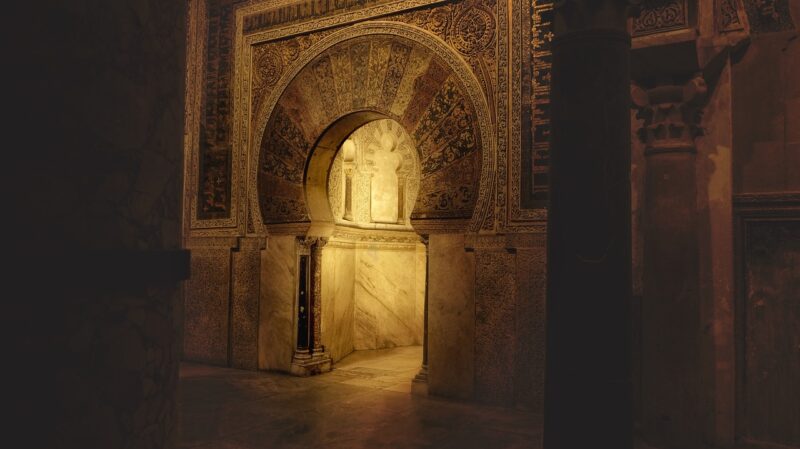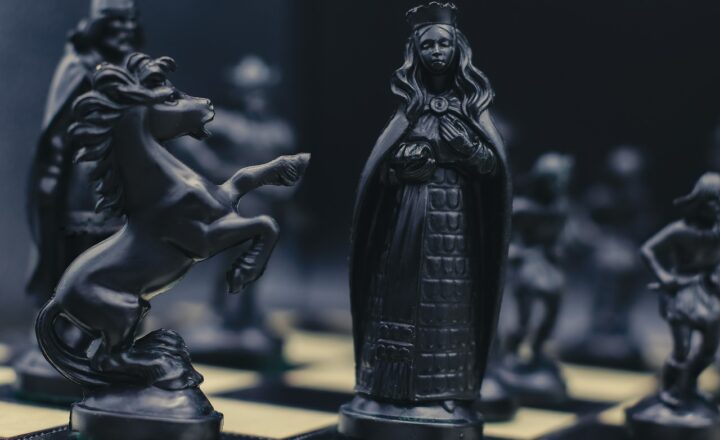The Theory of Ancient Aliens and Why It Continues to Gain Followers
November 12, 2024

The Ancient Aliens theory proposes that extraterrestrial beings visited Earth in ancient times and had a significant influence on human civilization. This intriguing concept combines elements of archaeology, history, and science fiction, leading to a diverse following that spans various demographics. More than just a fringe theory, it has sparked substantial debate, wonder, and exploration into the mysteries of our planet’s past.
1. Understanding the Ancient Aliens Theory
The Ancient Aliens theory suggests that advanced extraterrestrial civilizations have visited Earth and significantly impacted early human development. Proponents believe that many ancient structures, texts, and artifacts serve as evidence of these encounters.
Key assertions made by advocates of this theory include:
- Advanced Technology: Some ancient monuments, such as the Pyramids of Giza, Stonehenge, and the Nazca Lines, are believed to be constructed using technology that ancient humans could not have possessed without outside influence.
- Mythology & Texts: Many ancient mythological texts, like the Sumerian and Hindu epics, describe gods arriving from the sky, which are interpreted as ancient aliens interacting with human beings.
- Cultural Exchange: The theory posits that interactions with extraterrestrial visitors could have facilitated technological and cultural developments throughout human history.
The Ancient Aliens theory gained immense popularity with the success of the television series titled “Ancient Aliens,” which delves into various examples and arguments surrounding the topic.
2. The Historical Context of Ancient Astronauts
Historically, the notion of ancient astronauts can be traced back to the 19th and early 20th centuries when ancient texts and structures were reinterpretated through a modern lens. In particular, authors like Erich von Däniken ignited the conversation with works such as “Chariots of the Gods?” published in 1968. In his book, he suggests that the religious texts of many cultures are not literal but rather contain accounts of extraterrestrial encounters. This set a precedent for subsequent explorations into the connection between ancient cultures and possible alien contact.
Many people find the concept compelling, as it offers radical explanations for humanity’s rapid technological development, compelling dynamics in religions, and unresolved mysteries in archaeology.
3. Evidence Presenting Arguments for Ancient Alien Visitations
Supporters of the Ancient Aliens theory assert various types of evidence to substantiate their claims:
- Architectural Wonders: Structures like the Great Pyramids bolster the argument that these feats could not have been achieved without advanced knowledge or tools. The precise geometric alignments and massive stone blocks suggest sophisticated engineering beyond what was previously thought possible for that period.
- Cave Art & Hieroglyphs: Ancient cave paintings often depicted humanoid figures with large heads and features reminiscent of modern depictions of aliens. Similarly, hieroglyphs in Egypt and Mesoamerican cultures hint at celestial beings or gods descending from the sky.
- Undocumented Technologies: Advancements in mathematics, astronomy, and architecture exhibited by ancient societies invoke curiosity about their origins. Supporters speculate that these developments could stem from extraterrestrial interventions or knowledge transfer.
While traditional archaeologists often remain skeptical of these claims, proponents are undeterred, continuing to seek connections and draw correlations between ancient enigmas and extraterrestrial influences.
4. The Role of Pop Culture in Popularizing Ancient Alien Theories
The Ancient Aliens theory encounters various representations in pop culture, rendering it more accessible and palatable to the general public. Films, books, and documentaries delve into the many intriguing aspects of the theory, engaging audiences in ways academics and historians traditionally do not.
The success of the “Ancient Aliens” TV series illustrates how compelling storytelling can transform fringe theories into widely accepted ideas within society. By incorporating visuals, expert interviews, and dramatic narratives, the series fosters a sense of intrigue and possibility, which resonates with human curiosity about our origins.
Moreover, social media platforms allow enthusiasts to connect with like-minded individuals, share findings, and discuss new theories or evidence, contributing to a growing community around the ancient astronaut hypothesis.
5. The Psychological Appeal of Ancient Aliens
Several psychological factors contribute to the persistence of the Ancient Aliens theory:
- Cognitive Biases: Humans tend to seek patterns and connections in the things they observe. The intricacies of ancient artifacts and the ambiguity of historical records present ripe opportunities for imaginative interpretations, primarily when dealing with topics that challenge our understanding of history and culture.
- Skepticism Toward Authority: Many individuals have a natural tendency to question established narratives and scientific authority. As the Ancient Aliens theory often defies conventional archaeology, it garners appeal among those seeking alternative explanations, particularly in today’s era of “fake news” and distrust toward institutions.
- Desire for Connection: The idea of extraterrestrial beings visiting Earth instills a sense of wonder and awe. Humans have an innate curiosity about their place in the universe, and the Ancient Aliens theory champions the idea that we are connected to others beyond our planet and history, enhancing our cosmic significance.
These factors contribute to the ongoing fascination with the Ancient Aliens theory, compelling more people to explore and engage with its themes.
6. Criticism and Doubt Surrounding the Theory
Despite its popularity, the Ancient Aliens theory attracts considerable criticism from scholars, scientists, and historians who argue:
- Lack of Credible Evidence: Many argue that claims supporting ancient alien visitations lack sufficient scientific backing and rely on anecdotal interpretations rather than empirical data and verifiable sources.
- Cultural Eurocentrism: The theory is sometimes criticized for undermining the achievements of ancient civilizations, suggesting that they could not achieve greatness without external assistance and, in doing so, detracts from their ingenuity and innovation.
- Rejection from the Scientific Community: The scientific community largely dismisses the theory, viewing it as pseudoscience. Most researchers adhere to the principles of evidence-based inquiry, pointing out that extraordinary claims require extraordinary evidence, which they argue is lacking in discussions of ancient aliens.
While skepticism prevails, the unique allure of the Ancient Aliens theory continues to captivate and entice those intrigued by the mysteries of the past.
Conclusion: The Enduring Fascination with Ancient Aliens
The theory of Ancient Aliens has become an iconic aspect of contemporary cultural dialogue, straddling the lines between science, history, and science fiction. Its ability to captivate the imagination stems from its blending of our intrinsic curiosity regarding human origins, the grandeur of ancient civilizations, and the thrilling idea of extraterrestrial interaction.
Whether one views the theory as credible, abstract, or merely entertainment, the Ancient Aliens phenomenon has successfully woven itself into the fabric of society and cultural discourse, an enduring symbol of humanity’s quest for understanding and connection beyond the terrestrial realm. As long as humans gaze at the stars and ponder their place in the universe, curiosity about the possibility of ancient alien encounters will continue to hold a significant place in the narrative of human history.







